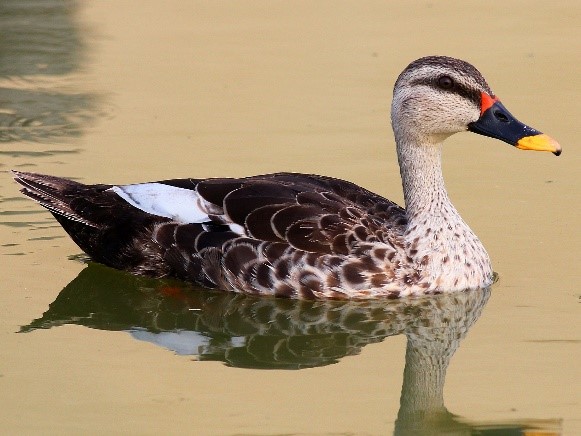Free Courses Sale ends Soon, Get It Now


Free Courses Sale ends Soon, Get It Now



Disclaimer: Copyright infringement not intended.
Context
Indian Spot-Billed Duck
About
Description
Habitat
Feeding habits
Breeding
Distribution
Movement Patterns
Status and Conservation
|
PRACTICE QUESTION Q. Consider the following statements. 1.The Indian spot-billed duck is a migratory breeding duck throughout freshwater wetlands in the Indian subcontinent. 2.The IUCN has categorized and evaluated these spot-billed duck species and has listed them as Vulnerable. 3.This duck is a resident throughout Pakistan and India in freshwater wetlands. 4.Spot-billed duck species inhabit both inland and coastal wetlands. How many of the above are correct? A) Only 1 B) Only 2 C) Only 3 D) All Four Answer: B) Only 2 |
© 2024 iasgyan. All right reserved